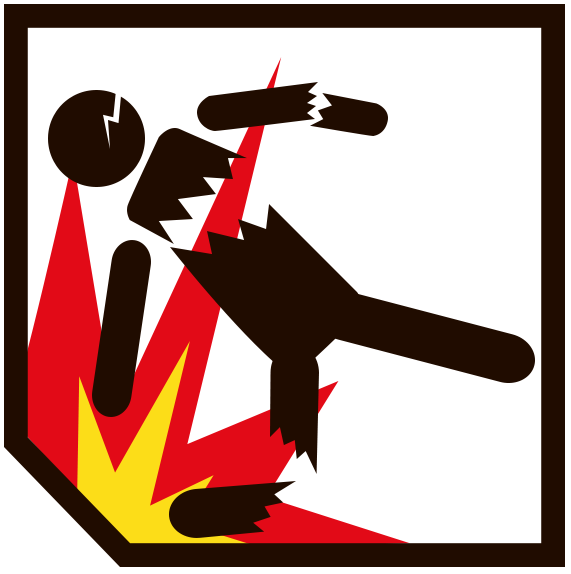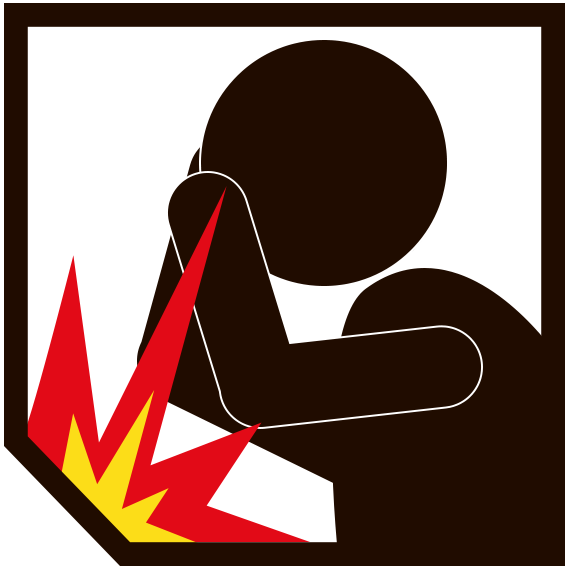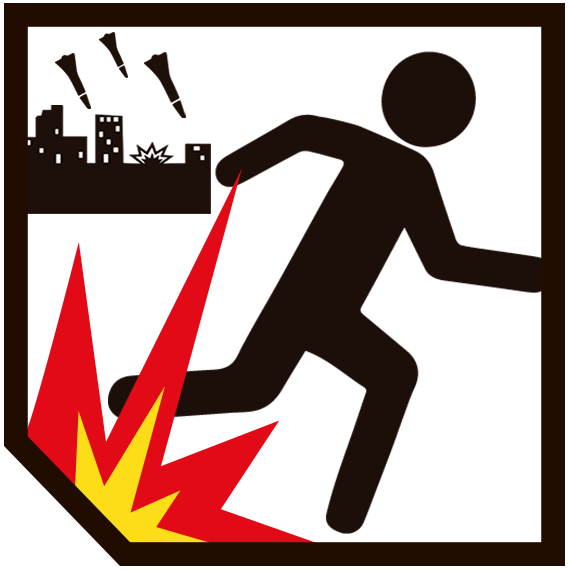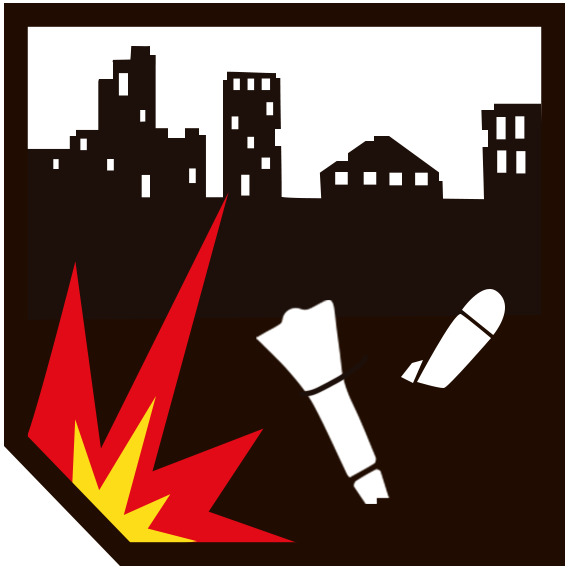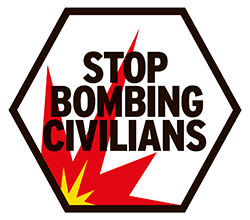Urgent action is needed to protect children and families!
Sign the petition right now.
Explosive weapons: The horrific impact on civilians
The use of explosive weapons in populated areas is tragically commonplace in modern-day conflicts in countries like Afghanistan, Iraq, Syria, Ukraine, and Yemen. A shocking 92% of the casualties are civilians. Here are just some of the ways that bombing impacts civilians.

Abdel Rahman, 12, had his leg amputated after a shell exploded on his house. He is receiving care from an HI physical therapist. | © William Daniels/HI


